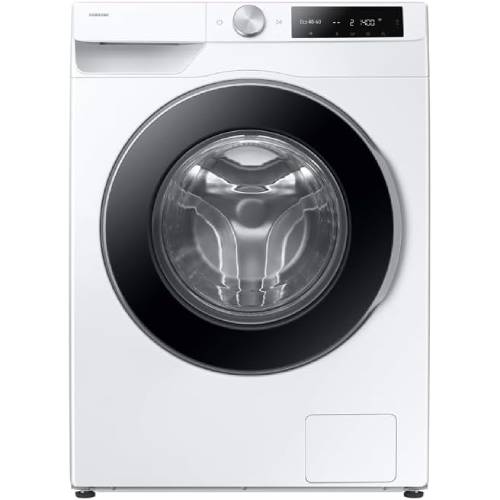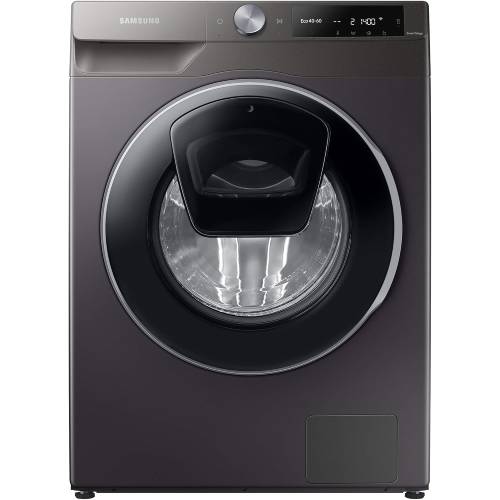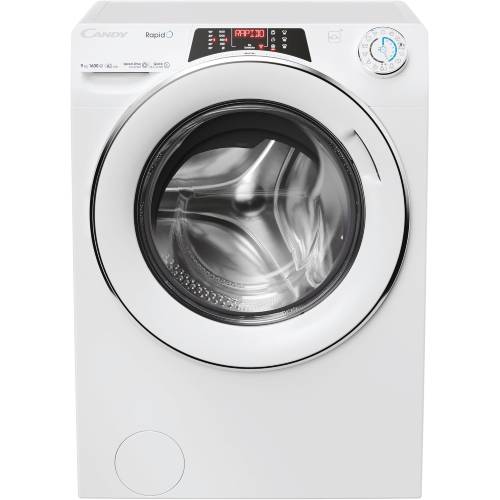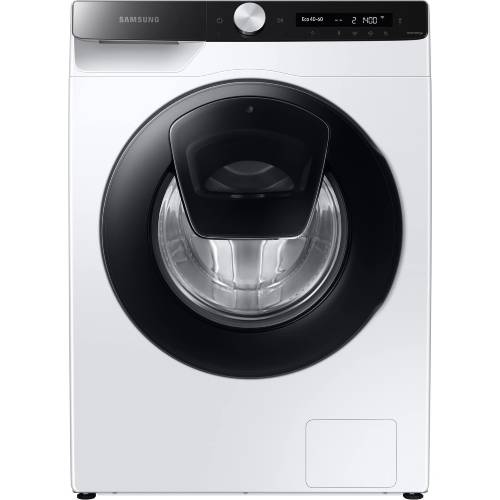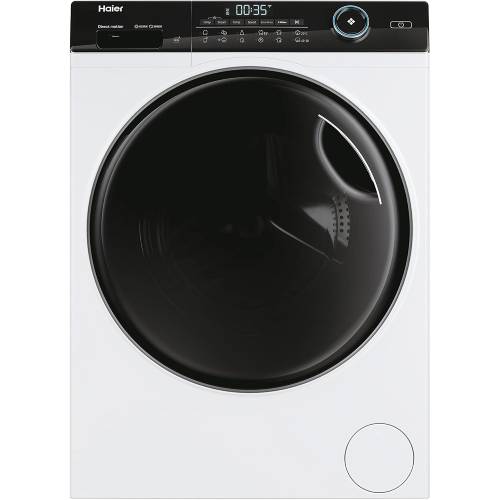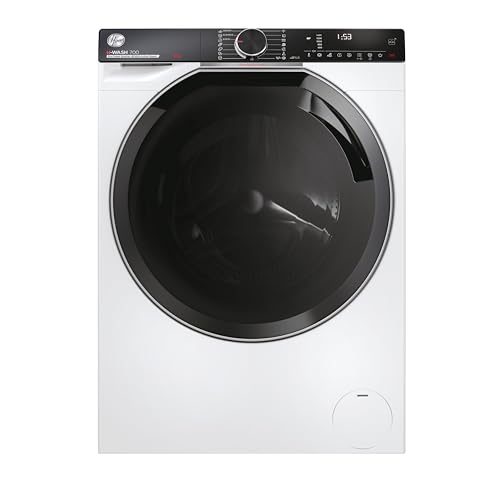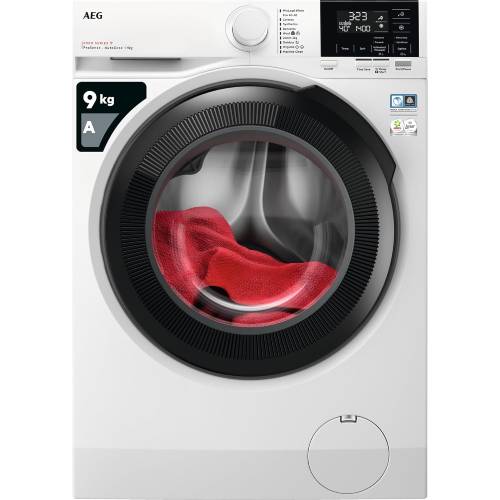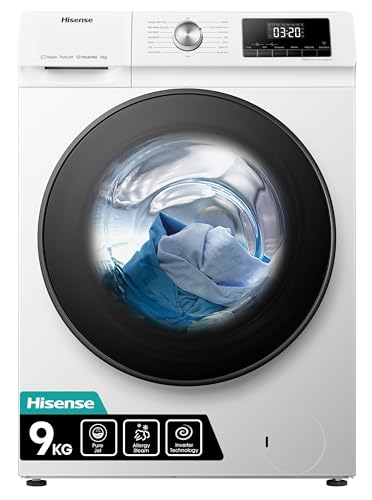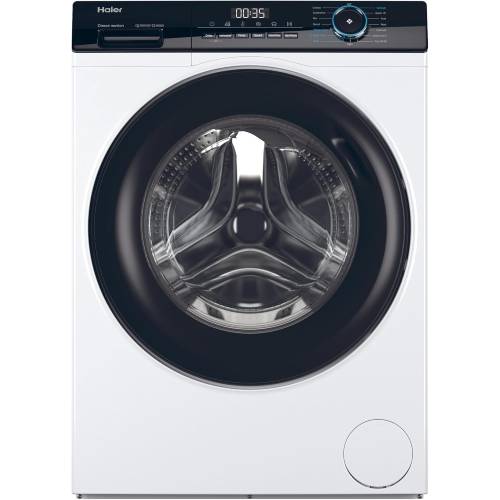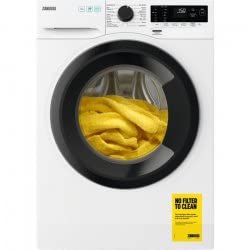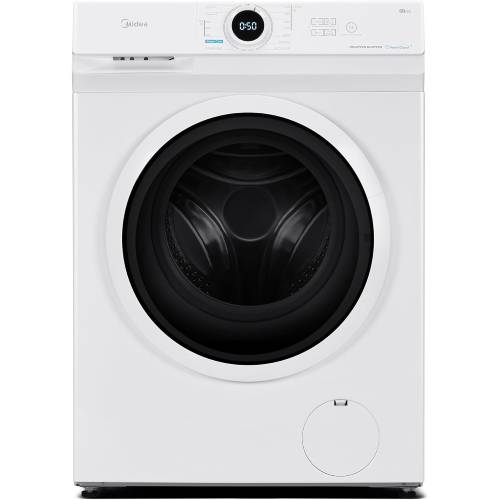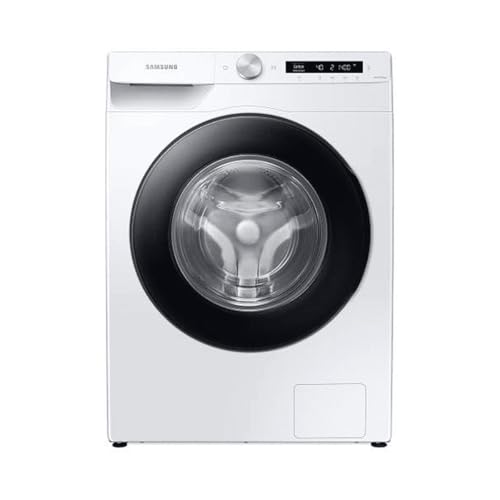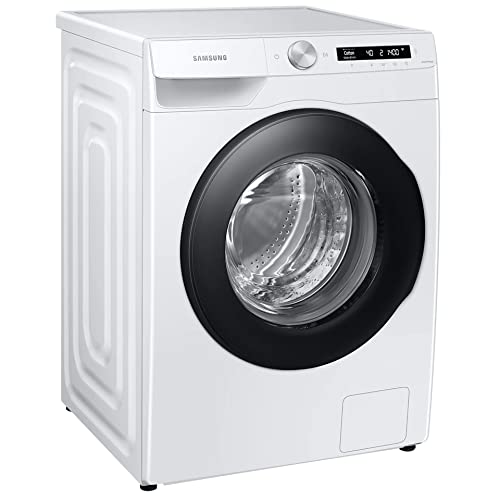9 kg washing machines with energy class A consume between 40 to 50 kWh per 100 cycles, with an average of about 49 kWh. In comparison, the average washing machine on the market uses about 55 kWh per 100 cycles, so these energy class A washing machines consume around 11% less energy. Approximately 68% of all 9 kg washing machines on the market have energy class A.
Energy efficiency classes in washing machines range from A to G, with A being the most efficient. The energy class is determined by the EEI index, calculated using the formula: EEI = (AEc/SAEc) * 100. AEc is the annual energy consumption determined by real condition testing, while SAEc is the standard energy consumption calculated according to EU directives.
Energy class strongly correlates with energy consumption and generally follows these patterns in 9 kg washing machines:
- A class: less than 52 kWh per 100 cycles
- B class: 53 to 58 kWh per 100 cycles
- C class: 59 to 69 kWh per 100 cycles
- D class: 70 to 79 kWh per 100 cycles
- E class: 80 to 89 kWh per 100 cycles
- F class: 90 kWh or more per 100 cycles
With an average of 220 washing cycles per year, a 9 kg energy class A washing machine will consume 103.4 kWh annually, which translates to £30 in energy costs at 0.3 £/kWh.
The chart below illustrates the distribution of energy consumption for 9 kg washing machines with energy class A.
[vertical-chart-52146754773330247]
The following 9 kg washing machines with energy class A have the lowest energy consumption.
- Samsung WW90DG6U85LEU1 WW6400D (44 kWh/100 cycles)
- Haier HW90-B14959U1 I-Pro Series 5 (49 kWh/100 cycles)
- Hisense WFQA9014EVJM QA Serie (49 kWh/100 cycles)
Are 9 kg washing machines with energy class A worth buying?
9 kg washing machines achieve a high average overall score of 7.8 points (in comparison, an average 9 kg washing machine on the market has an overall score of only 7.5 points). 9 kg washing machines with energy class A also receive a high user rating of about 8.3 points.
The combination of a higher overall score and strong user ratings makes 9 kg washing machines with energy class A a solid choice for consumers.
What are the main advantages of 9 kg washing machines with an energy class A?
The main advantages of 9 kg washing machines with an energy class A are as follows:
- Better value and user ratings: 9 kg washing machines with energy class A have a good quality-price ratio and slightly better user ratings compared to the market average.
- Larger drum volume: The average drum volume is 61 liters, 3 liters more than the general average of 58 liters.
- Availability of slim models: Some models in this category are available in a slim design.
- High spin drying efficiency: All models have either an A or B spin drying efficiency, with 83% reaching a maximum spin speed of 1400 RPM and 11% reaching 1600 RPM.
- Lower energy consumption: 9 kg washing machines with energy class A consume 40-50 kWh per 100 cycles, with an average of 49 kWh, which is lower than 61% of all washing machines on the market.
- Efficient water extraction: 83% of these washing machines have a maximum spin speed of 1400 RPM, and 10% can reach 1600 RPM, making them very efficient in extracting water from clothes.
- Delicate care: 78% of 9 kg washing machines with energy class A can reach a minimum spin speed of 400 RPM, suitable for very delicate clothes.
- Quieter operation: These washing machines are about 3 dB quieter during the spin phase (72 dB vs 75 dB) and about 2 dB quieter during the wash phase (51 dB vs 53 dB) than the average washing machine.
- Specialized cycles and functions: Many 9 kg washing machines with energy class A include cycles like Steam, Duvet, Jeans, Shirts, Baby care, Hygiene, and Allergen, and functions like Anti-crease, extra fast, anti-stain, extra rinse, and rinse and hold.
- Energy-saving features: All models have an inverter motor and laundry detection system, both vital for energy saving.
- Advanced features: Most models include load balancing, foam control, Steam technology, Aqua stop system, self-cleaning program, memory function, or smart diagnosis.
- Cutting-edge technology: Features like pre-mix technology, Wi-Fi, AI integration, automatic dosing, automatic drawer cleaning, and special drum design are much more common in this category of products than in general.
What are the main disadvantages of 9 kg washing machines with an energy class A?
The main disadvantages of 9 kg washing machines with an energy class A are as follows:
- Lack of top-load models: We did not find any 9 kg top-load model with energy class A.
- Lower popularity: These washing machine models are slightly less popular than the market average (6 vs. 6 popularity points).
- Higher cost: 9 kg washing machines with energy class A cost about £550, which is £160 more than the market average (£390) and £50 more than the average price for a 9 kg washing machine (£500).
- Higher water usage: These washing machines use 3 liters more water per cycle than the average washing machine in general (49 L vs. 46 L). However, this increased water usage is due to the high capacity of the washing machines.
How much do 9 kg washing machines with energy class A cost?
9 kg washing machines with energy class A cost between £340 and £1360, with an average price of around £550. This is about £160 more than the market average of £390. 9 kg washing machines with energy classes other than A average about £500, which is £50 less than those with class A.
9 kg washing machines with energy class A also have a solid ratio-quality price of 6.9 points, comparable to the market average.
The price distribution among 9 kg washing machines with energy class A is shown in the following chart.
[vertical-chart-30363630993922814]
What to consider when choosing the best 9 kg washing machine with energy class A?
When choosing the best 9 kg washing machine with energy class A, focus on energy consumption, water use, spin-drying efficiency, noise levels, motor type, washing programs, drum volume, and size.
How much water do 9 kg washing machines with an energy class A rating use?
A 9 kg washing machine with an energy class A rating uses between 43 to 50 liters of water per cycle. Most models consume around 49 liters, which is 3 liters more than the market average of 46 liters. However, this increased water usage is due to the high capacity of the washing machines.
What is the spin-drying efficiency of 9 kg washing machines with energy class class A?
The spin-drying efficiency of 9 kg washing machines with energy class A generally falls into either class B 91% of the models or class A 9% of the models. Spin-drying efficiency is an indicator of how well the washing machine removes water from clothes during the Spin cycle. It is closely related to the maximum spin speed, which ranges from 1200 to 1600 RPM in these washing machines. Most 9 kg washing machines with energy class A have a maximum spin speed of 1400 RPM 83%, followed by 1600 RPM 11%.
The spin-drying efficiency and maximum spin speed are especially relevant if you want to minimize drying time or energy consumption. Higher spin speeds generally use more energy due to the increased mechanical effort needed to spin the drum faster. However, they extract more water from clothes, potentially reducing drying time and energy needed for drying.
If you often wash delicate clothes, pay attention to the minimum spin speed, which ranges from 400 to 800 RPM in 9 kg washing machines with energy class A. Most of these washing machines (78%) have a minimum spin speed of 400 RPM. Lower speeds are better for delicate fabrics because they reduce wear and tear.
How loud are 9 kg washing machines with energy class class A
9 kg washing machines with an energy class A produce a spin noise level between 67 dB and 80 dB, with an average of 72 dB, which is 3 dB lower than the market average of 75 dB. The spin noise level is the loudest part of the washing process, so it best indicates overall noisiness. Noise emission classes for these washing machines range from A to C, with A being the most common (68% of models). Class A corresponds to a spin noise level under 73 dB, class B corresponds to 73-76 dB, and class C to 77-80 dB.
Washing noise level, less significant but still relevant, ranges from 47 to 55 dB. The average is 51 dB, which is 2 dB lower than the market average of 53 dB.
How many washing programs do 9 kg washing machines with energy class class A have?
9 kg washing machines with energy class A typically have between 10 and 24 washing programs. They include standard programs like Eco 40-60, Cotton, Synthetics, Mix, Wool, Quick cycle, Rinse & Spin, Spin, and 20°C.
You will also find specialized cycles in most models, such as pre-wash, steam, duvet, Jeans, Shirt, baby care, hygiene, and allergen cycles. These washing machines don't differ much in washing programs from those in other energy classes or capacities. However, the inclusion of specific specialized cycles may vary slightly between models.
Many 9 kg washing machines with energy class A have also features like an anti-crease function (67%), extra fast function (57%), anti-stain function, extra rinse function (97%), and rinse and hold function (61%). You should check the available programs if you often use specialized cycles or need specific options.
What are the common features of 9 kg washing machines with energy class class A?
9 kg washing machines with energy class A usually feature between 8 and 18 advanced technologies. All models in this category include a laundry detection system and an inverter motor. Many of these washing machines come also with a load balancing system (71%), foam control system (67%), steam technology (81%), acqua stop system (62%), self-cleaning program (77%), memory function (49%), or smart diagnosis (63%).
9 kg washing machines with energy class A also include the following features more often than other models:
- Pre-mix technology (in 47% vs 24% in the overall market)
- Wi-Fi (in 59% vs 23% in the overall market)
- AI (in 27% vs 11% in the overall market)
- Automatic dosing system (in 26% vs 10% in the overall market)
- Automatic drawer cleaning (in 30% vs 12% in the overall market)
- Special drum design (in 74% vs 46% in the overall market)
What is the drum volume of 9 kg washing machines with energy class class A?
The drum volume of 9 kg washing machines with energy class A ranges from 54 to 68 liters. The average drum volume is 61 liters, which is 3 liters more than the market average of 58 liters.
Depth in 8 kg washing machines with energy class A ranges from 47 to 66 cm, so you can find slim models in this category. Most models have a width of about 60 cm.
When choosing a washing machine, consider the size that fits your installation space. If space is limited, opt for a slim model with a smaller depth. If space is not an issue, choose a model with a larger drum volume.

